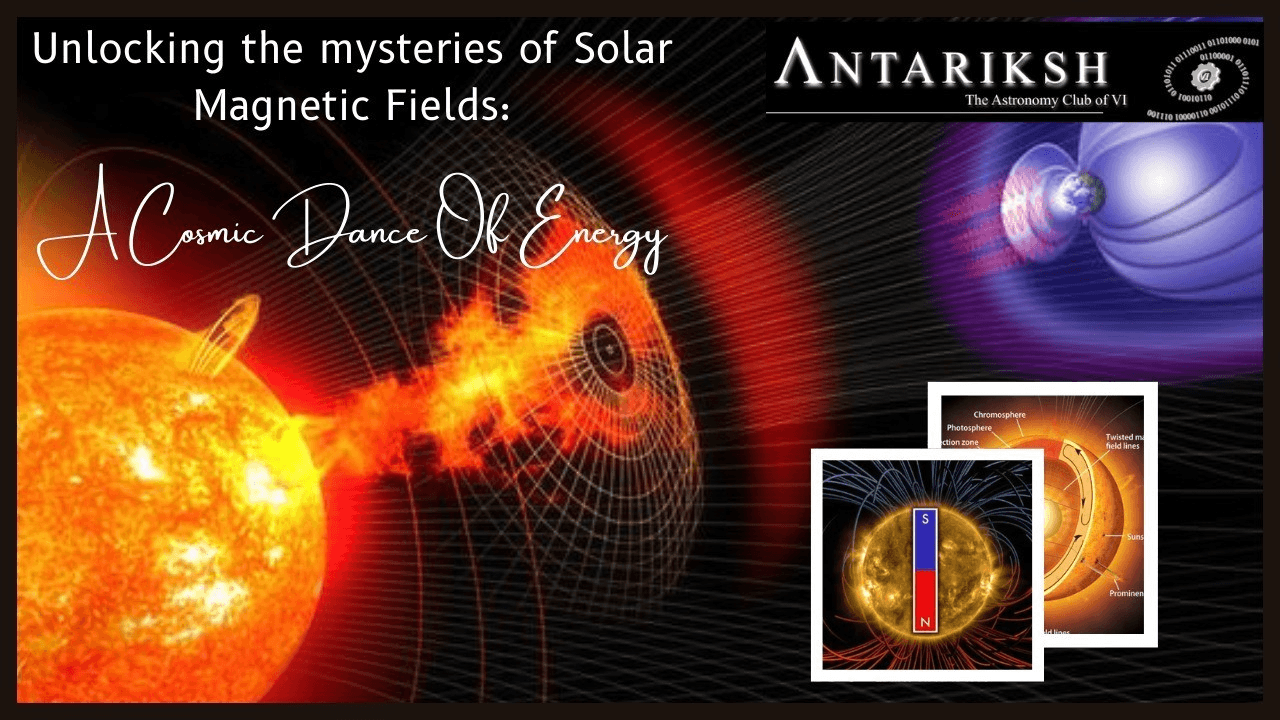
What is Corona?
The sun's corona is its outermost atmosphere, extending millions of miles into space. Composed of superheated plasma, the corona is a gas so hot that it has stripped electrons away from its atoms. This region is known for its high temperature, low density, and strong magnetic field. It is significantly hotter than the sun's surface, reaching temperatures of up to 1 million degrees Celsius (1.8 million degrees Fahrenheit) and is much less dense, with a density ranging from about 100 to 1 million particles per cubic centimeter. The corona hosts various features, including coronal holes, coronal jets, and coronal loops. Coronal holes are dark regions where solar wind escapes more easily. Coronal jets are narrow streams of plasma that erupt from the corona at high speeds. Coronal loops are arched structures of plasma that extend from the sun's surface into the corona. The corona is the source of the solar wind, a stream of charged particles that flows outward from the sun and influences the Earth's magnetic field, leading to phenomena like the aurora borealis and aurora australis.
Why is the Corona So Hot?
The extreme heat in the corona is attributed to the Sun's magnetic field. One theory suggests that the corona is heated by magnetic waves generated by the Sun's ever-changing and moving magnetic field. These waves travel from the sun's surface to the corona, where they heat up the plasma. Another theory suggests that the corona is heated by nanoflares, tiny explosions occurring all over the sun's surface. These nanoflares release a significant amount of energy, which heats the corona's plasma.
Why is the Corona So Dim?
While the corona is much hotter than the sun's surface, it appears dim due to its low density. The corona's density is about 10 million times less than that of the sun's surface, meaning there are very few atoms in the corona to emit light. Though it is dim, the corona is still bright when compared to the darkness of space. It can be observed during a total solar eclipse when the Moon blocks the bright light of the sun's surface, revealing the corona as a halo around the Moon. The corona is in constant motion, with streams of plasma flowing out from the Sun and solar flares erupting from the surface.
Anomalous Behaviors of the Corona:
1. Solar Coronal Jet:
Solar coronal jets are remarkable plasma ejections occurring within the Sun's outermost atmospheric layer. These jets exhibit astonishing velocities ranging from 250,000 to 1,450,000 kilometers per hour, and some can traverse the distance between Madrid and Barcelona in just 1.5 seconds. They consist primarily of extremely hot plasma with temperatures exceeding one million degrees. Solar coronal jets are often prominently observable within coronal holes, areas with open magnetic fields.
2. Solar Coronal Holes:
Coronal holes are regions within the solar corona that appear as dark patches in extreme ultraviolet and soft X-ray solar images. These areas are cooler and less dense than the surrounding plasma, characterized by open, unipolar magnetic fields. Coronal holes serve as sources of high-speed solar wind streams, creating a compression region known as a co-rotating interaction region (CIR) when interacting with the ambient solar wind.
3. Solar Coronal Loops:
Coronal loops are closed loops of magnetic flux projecting from the sun's surface into the corona, carrying electrically charged particles along their magnetic field lines. These loops exhibit a wide range of sizes and temperatures, with cool, warm, and hot loops emitting radiation at different wavelengths. Sunspots, dark regions on the photosphere, often appear beneath coronal loops, and they result from the interaction between the strong magnetic field and dense plasma near the sun's surface.



